What Is Center Of Gravity On A Truck?
At Deviate Dezigns, we live and breathe truck performance, stance, and style. One key concept that often gets overlooked—especially when modifying suspension setups—is the center of gravity (CG). Whether you're dropping your truck for street presence or tuning it for performance, understanding the center of gravity is crucial to how your build will handle, ride, and perform on the road.
What Exactly Is Center Of Gravity?
The center of gravity is the point on your truck where its entire weight is considered to be concentrated. In simple terms, it's the balance point. When your truck is level, the CG typically falls somewhere around the midpoint between the front and rear axles, and slightly below the midpoint height of the vehicle. The higher the CG, the more top-heavy your truck feels, especially when turning or maneuvering quickly.
Why Does Center Of Gravity Matter?
Your truck’s CG has a direct effect on handling, stability, cornering, and braking. A lower center of gravity improves stability, reduces body roll, and increases traction during cornering. This is why many performance trucks are lowered—it shifts the CG downward, making the truck more planted. On the flip side, a lifted truck with larger tires raises the CG, increasing the risk of rollover and reducing handling responsiveness.
How Mods Affect Your Truck’s CG
When you lower your truck with coilovers, drop spindles, or flip kits, you're reducing its ride height—and lowering its center of gravity. This means better performance in terms of cornering and handling. It’s one of the reasons so many performance builds go low. On the other hand, adding aftermarket parts like rooftop racks, bed cages, or even large wheels can shift the CG higher if not balanced correctly. That’s why our team at Deviate Dezigns always looks at the whole setup—not just the look, but how it all works together.
Is There a “Best” CG for Trucks?
There’s no universal number for the perfect CG—it depends on what you’re building the truck for. A slammed street truck will benefit from an extremely low CG, prioritizing responsiveness and appearance. An off-road build may need a slightly higher CG to accommodate ground clearance. The key is balance. You don’t want a setup that looks good but feels unstable or unpredictable on the road. At Deviate Dezigns, we help our customers design builds that hit that sweet spot of performance, comfort, and style.
How To Measure or Adjust CG
While measuring the exact CG of your truck requires specialized equipment, there are general rules you can follow. Lowering your truck will almost always improve CG, especially when the weight is evenly distributed across axles. Removing top-heavy items like bed racks or roof-mounted accessories can also improve handling. If you’re adding weight (like subs, toolboxes, or fuel cells), try to keep it low and centered between the axles to maintain balance.
Safety and Performance Benefits
Lowering your CG doesn’t just make your truck look better—it enhances braking performance, cornering control, and acceleration stability. With less weight shifting during sudden maneuvers, your suspension can do its job more effectively, and your tires stay planted. For those who care about driving feel, CG is a game-changer.
Conclusion
The center of gravity plays a huge role in how your truck performs, especially when it comes to suspension mods, lowering kits, and overall handling. At Deviate Dezigns, we understand how every modification affects balance and control. Contact us today to talk about your build and how we can help you lower your center of gravity—and raise your truck’s potential.


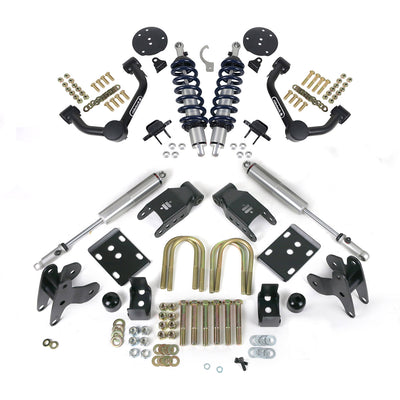
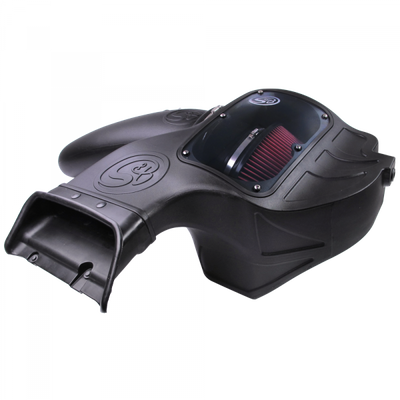
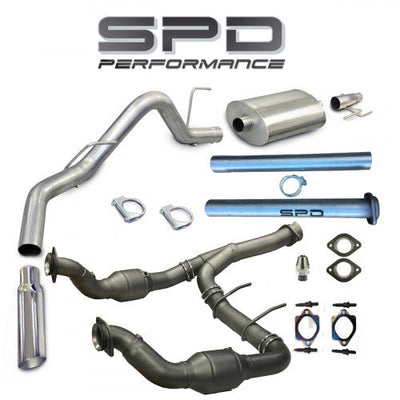
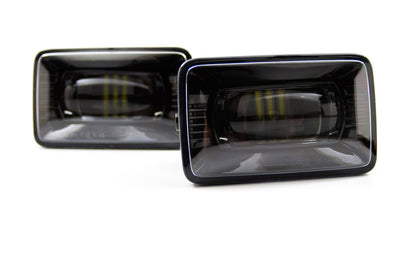

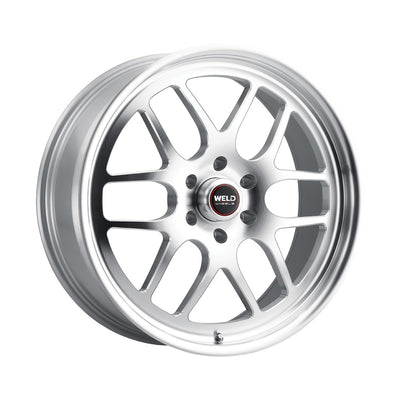



Leave a comment